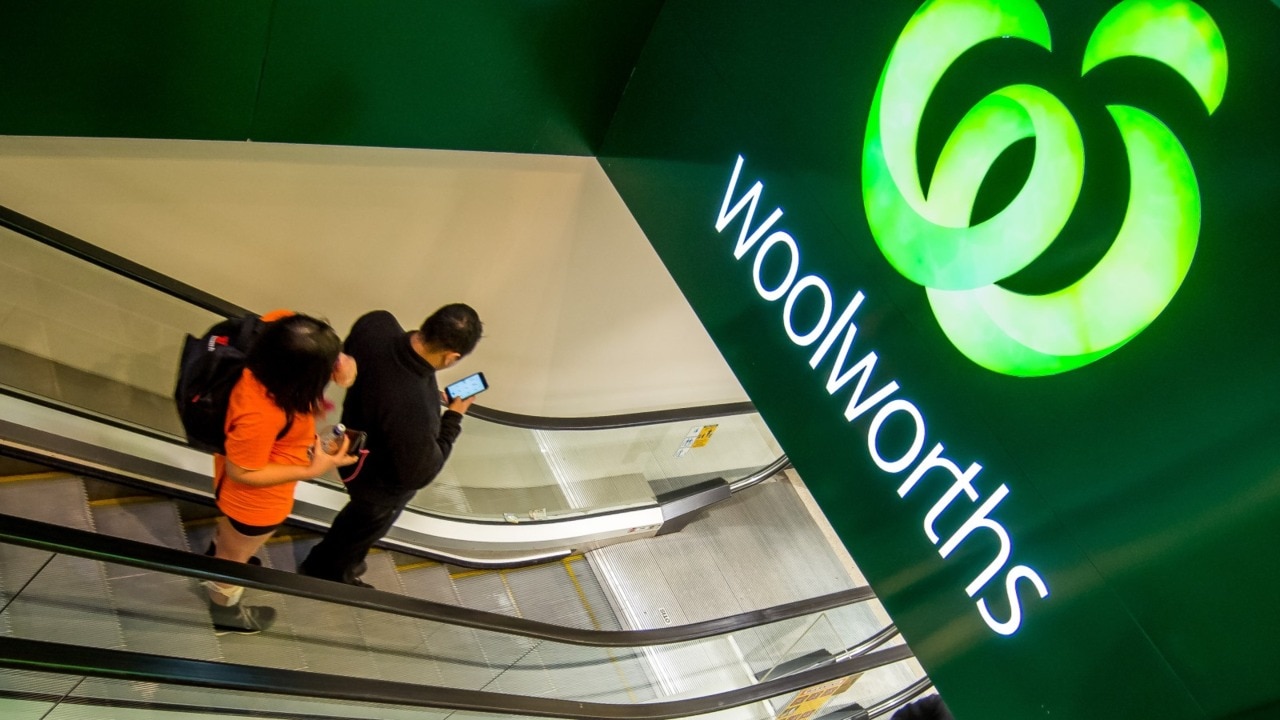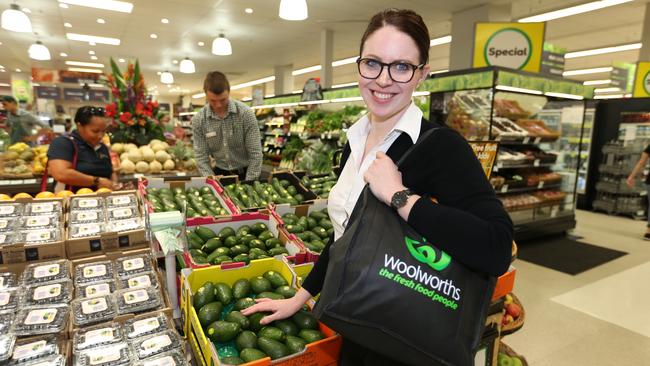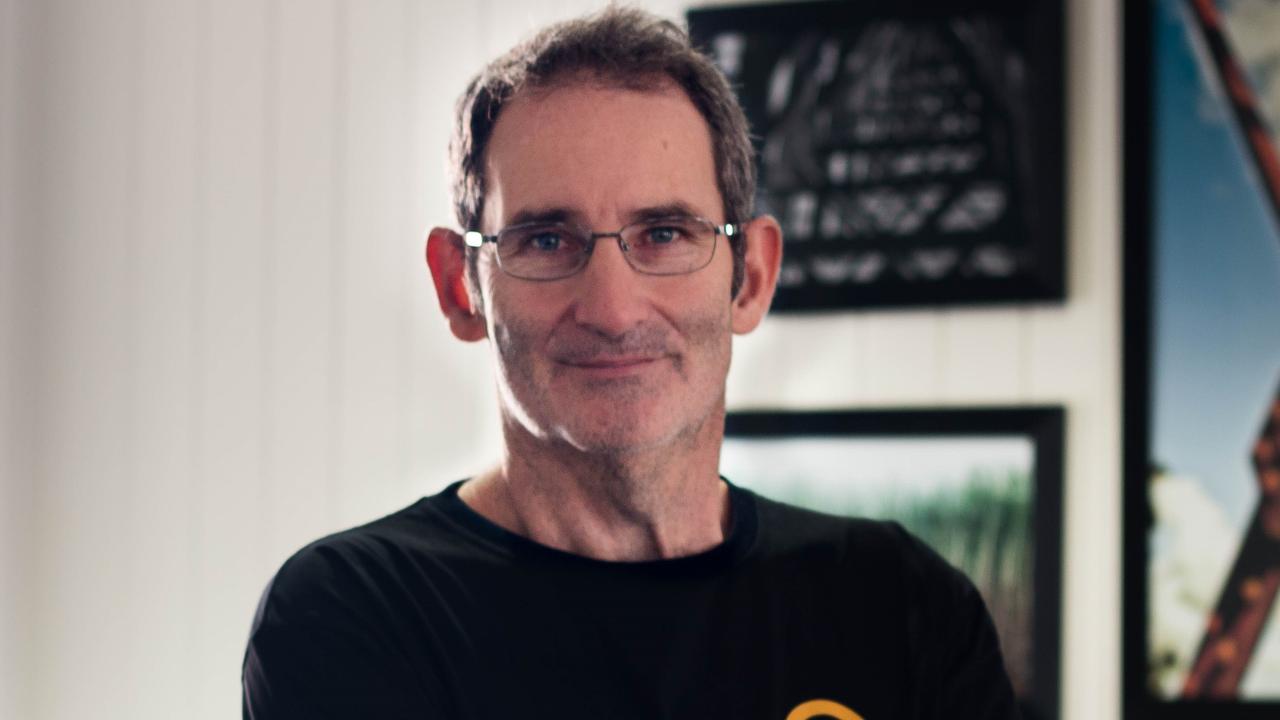How inflation killed the Woolies and Coles win-win
For two decades the customers and shareholders of our two big supermarket giants enjoyed cheaper grocery prices and growing profits but that win-win came to a shuddering halt last year.

The glorious two decades for supermarkets and their customers – an extraordinary win-win period for both shareholders and shoppers – came to a shuddering halt in 2022 as inflation bit hard.
What was so extraordinary is the way that year after year, the big two – Woolworths and Coles – were able to lift their profits and maintain or lift their profit margins year after year. They would increase sales year to year, in both dollar and actual volume terms, while generating an ever higher EBIT (earnings before interest and tax) margin on each dollar of all their sales.
While at the same time, again year and year, they were also cutting their prices, on average across their aisles. Sure, only by a couple of cents in the dollar each year, but every year.
Just think about how all-round glorious a win-win that was. The duo were pumping out more actual stuff to shoppers year after year, while cutting their prices year after year and still lifting actual dollar sales and the margin on those sales, again year after year.
On the other side of the check-out, the savings built up big-time for shoppers.
It meant by the end of the 2010s, a shopper would walk out with around 12-15 per cent more actual goods in their trolley from spending, say, $100 than they would have got from $100 a decade earlier.
It was a dynamic started by Roger Corbett, Woolies’s second-best ever CEO – sorry, Brad, you get the bronze – in the 1990s with his ‘Project Refresh’ when he headed the supermarket division.

The best-ever CEO, incidentally, was the legendary Paul Simons. In the 1980s he pulled Woolies out of the cellar, at a time when the then-mighty Coles group was rampaging dominant through both supermarket and department store retailing.
It was a dynamic given a major competitive boost when the nuggety – can I still write that? – Scot Ian McLeod was lured downunder by then-Wesfarmers and now AFL head honcho Richard Goyder to run the Woolies-battered Coles, after he had paid big dollars to buy Coles, turning long-time Coles Myer acolyte Solomon Lew from a paper to a money billionaire.
McLeod’s campaign was headlined by the ‘$1-a-litre’ milk. That also gives a clue to how Coles and Woolies delivered their win-win dynamic – by screwing suppliers.
Now, some shoppers might not have been that enthusiastic about them screwing dairy farmers; but they wouldn’t have been fussed that the duo were also – very successfully – doing it to big multinationals like Coca-Cola, Kraft and Kellogg as well.
Sure, they were also wringing costs out across the business, from logistics, tech and productivity. But the big driver was continually screwing down on wholesale prices into the supermarkets.
The win-win twofer came to an end in the mid-2010s, when the Woolies EBIT margin peaked at 7.33c in the sales dollar, and then plunged.
But the win for shoppers kept going, even through Covid. But it’s come to a shuddering halt in the inflation of 2022.
Both Woolies and Coles reported inflation across their supermarkets ran at 7.7 per cent in the December quarter, and just slightly lower in the September quarter.
Woolies reported total dollar sales up 3.2 per cent for the December half, Coles did better with 4.6 per cent.
But with inflation running at around 7.4 per cent over the half, that meant actual volumes fell. And the shopper walked out with around 7-8 per cent fewer goods in their trolley for their $100 than a year ago.
In one inflationary burst, more than the half the gains for shoppers through the 2010s was wiped out.
You could not ask for a more emphatic pointer to why the Reserve Bank has to get inflation back below 3 per cent.
And quickly.



